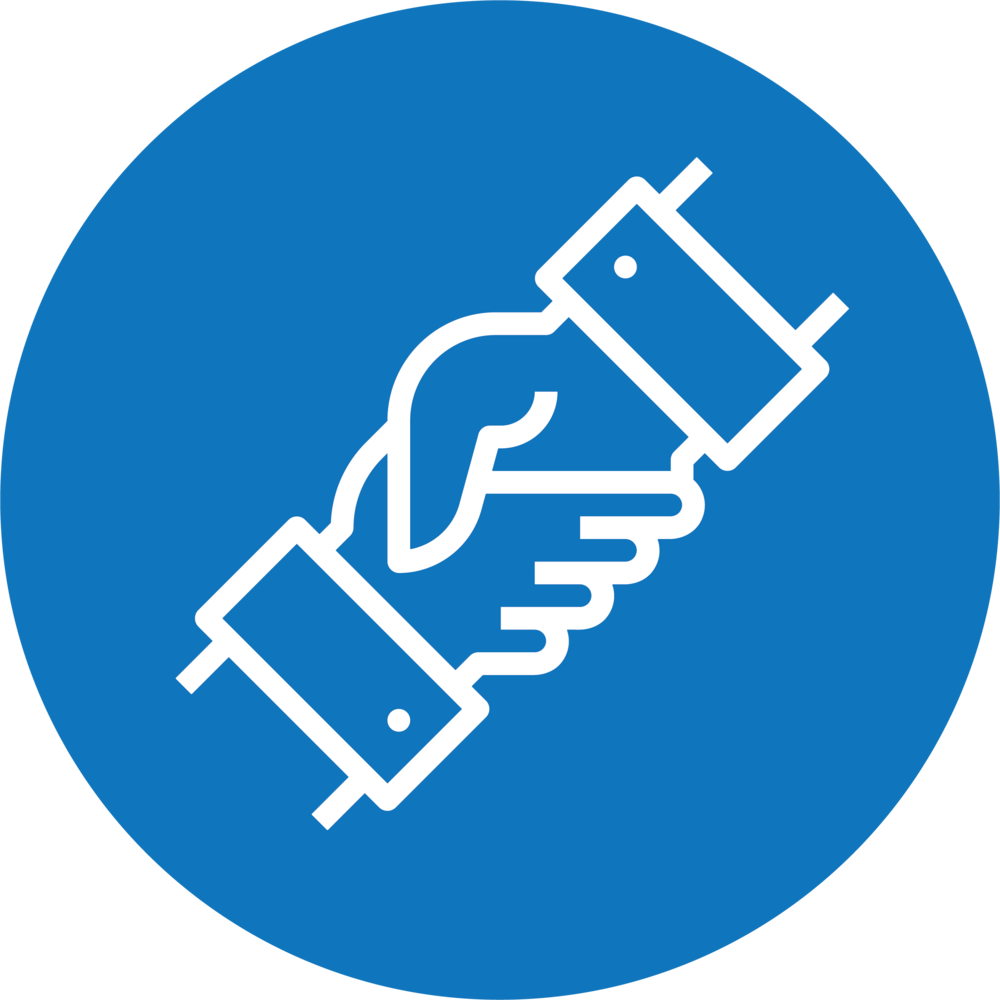The Pinnacle of Persuasion: Mastering Digital Authenticity for a Future Unwritten
This article explores the intricacies of digital authenticity, unravels the challenges, and provides strategies to master the art.

In the digital era, where information flows seamlessly and trust is paramount, the concept of authenticity has taken center stage. Nowhere is this more crucial than in the realm of document verification – a cornerstone in building trust and ensuring the integrity of transactions.
This article will explore the intricacies of digital authenticity, unravel the challenges, and delve into the strategies that propel us toward a future where trust is not just an expectation but a guarantee.
The Imperative of Digital Authenticity
As our world becomes increasingly digitized, the need for reliable document verification processes has never been more pronounced. From financial transactions to identity verification, businesses and individuals alike rely on the authenticity of digital documents.
Trust forms the bedrock of any transaction, and in the digital realm, it hinges on the authenticity of the documents exchanged. Whether it's a legal contract, a financial agreement, or a simple online purchase, the assurance that the presented documents are genuine is non-negotiable.
The Challenges We Face
Sophisticated Forgeries
As technology advances, so do the tools available to forgers. Sophisticated techniques make it increasingly challenging to distinguish between authentic and forged documents. This calls for a proactive approach to stay ahead of the curve.
Creating convincing forgeries requires a masterful blend of artistic skill, historical knowledge, and an acute understanding of the technical aspects of art. Forgers employ a range of techniques, from mimicking brushstrokes and ageing canvases to using period-appropriate materials. In some cases, forgers even go as far as to acquire antique pigments or mimic the natural ageing process to ensure their creations pass the scrutiny of experts.
As technology advances, so do the tools available to forgers. High-resolution scanners, sophisticated printing techniques, and digital manipulation have opened up new frontiers for creating deceptive replicas. The fusion of traditional art techniques with modern technology poses a formidable challenge for authentication experts, raising questions about the future of detecting forgeries in an increasingly digital age.
Authentication methods have evolved in tandem with forgery techniques, leading to a constant game of one-upmanship between forgers and experts. Scientific analyses, such as radiocarbon dating, pigment analysis, and even X-ray examinations, have become indispensable tools in the fight against forgeries. However, forgers, too, adapt and find innovative ways to outsmart these authentication processes.
The world of sophisticated forgeries raises not only questions of authenticity but also legal and ethical dilemmas. When a forged artwork enters the market, the repercussions can be extensive, affecting the credibility of art institutions, dealers, and even the artists themselves. Exploring the legal landscape surrounding art forgery and the ethical implications of dealing with counterfeit art adds another layer to this complex narrative.
Identity Theft Concerns
The rise of identity theft adds another layer of complexity. Ensuring that the person presenting a document is who they are claiming to be is a critical aspect of digital authenticity, requiring robust verification methods.
Identity theft has emerged as a pervasive and sophisticated form of cybercrime, leaving victims grappling with the aftermath of stolen personal information. From financial fraud to unauthorized access to sensitive accounts, the implications of identity theft are far-reaching. As technology advances, so do the methods employed by cybercriminals, necessitating a proactive approach to safeguarding our identities.
Document verification serves as a frontline defense against identity theft by ensuring that individuals are who they claim to be. Whether it's opening a new bank account, applying for a loan, or accessing secure online platforms, the verification of identity documents acts as a critical gatekeeper. By scrutinizing documents such as driver's licenses, passports, and government-issued IDs, organizations can establish a robust layer of security in their onboarding processes.
Cross-Border Verification
In a globalized world, transactions often span international borders. Establishing a universally accepted standard for document verification becomes crucial for seamless cross-border interactions.
Cross-border transactions, encompassing everything from international trade to online collaborations, bring about a myriad of challenges. One of the most critical aspects is the verification of identities involved in these transactions. Ensuring that the individuals or entities on both sides of the transaction are legitimate and trustworthy becomes a linchpin in facilitating smooth and secure cross-border interactions.
The challenges in cross-border identity verification are multifaceted. Differing legal frameworks, language barriers, and varying document standards across countries contribute to the complexity. Traditional verification methods, such as manual checks or relying solely on physical documents, often fall short of addressing the nuances of cross-border transactions. This calls for a more sophisticated and streamlined approach to identity verification.
Mastering the Art of Digital Authenticity
Blockchain Technology
At the forefront of the digital authenticity revolution is blockchain. The decentralized and tamper-resistant nature of blockchain ensures that once a document is recorded, its integrity remains intact, providing a powerful solution to combat forgeries.
Biometric Verification
Leveraging unique biological traits for identification, biometric verification adds an extra layer of security. From fingerprints to facial recognition, biometrics enhance the accuracy and reliability of digital authenticity.
Smart Contracts for Foolproof Agreements
Enter the realm of smart contracts, where the terms of an agreement are not only digitally recorded but automatically enforced. This not only reduces the margin for error but also ensures that contractual obligations are met with precision.
Artificial Intelligence in Document Analysis
Harnessing the power of artificial intelligence, document analysis becomes more than just a routine process. AI algorithms can identify patterns, anomalies, and discrepancies with a speed and accuracy that surpasses traditional methods.
Navigating the Future Unwritten
As the digital landscape evolves, so do regulatory standards. Navigating this complex terrain requires a proactive approach to ensure that document verification processes comply with current regulations and adapt to future changes.
Balancing the need for rigorous document verification with a user-friendly experience is key. Innovations that streamline the verification process without compromising security are paving the way for a future where digital authenticity is accessible to all.
The success of any digital authenticity initiative hinges on the understanding and cooperation of stakeholders. Educating individuals and businesses about the importance of robust document verification is essential for widespread adoption.
Conclusion
In conclusion, as we stand at the precipice of a future unwritten, the mastery of digital authenticity emerges as a beacon guiding us forward. From combating forgeries to navigating cross-border complexities, the strategies outlined here propel us toward a future where trust is not just a concept but a tangible assurance.
The pinnacle of persuasion lies in our ability to master digital authenticity, creating a world where every document is a testament to trustworthiness. As we navigate the uncharted waters of the future, the principles of digital authenticity will be our steadfast companions, ensuring that the transactions of tomorrow rest on a foundation of unwavering trust.






